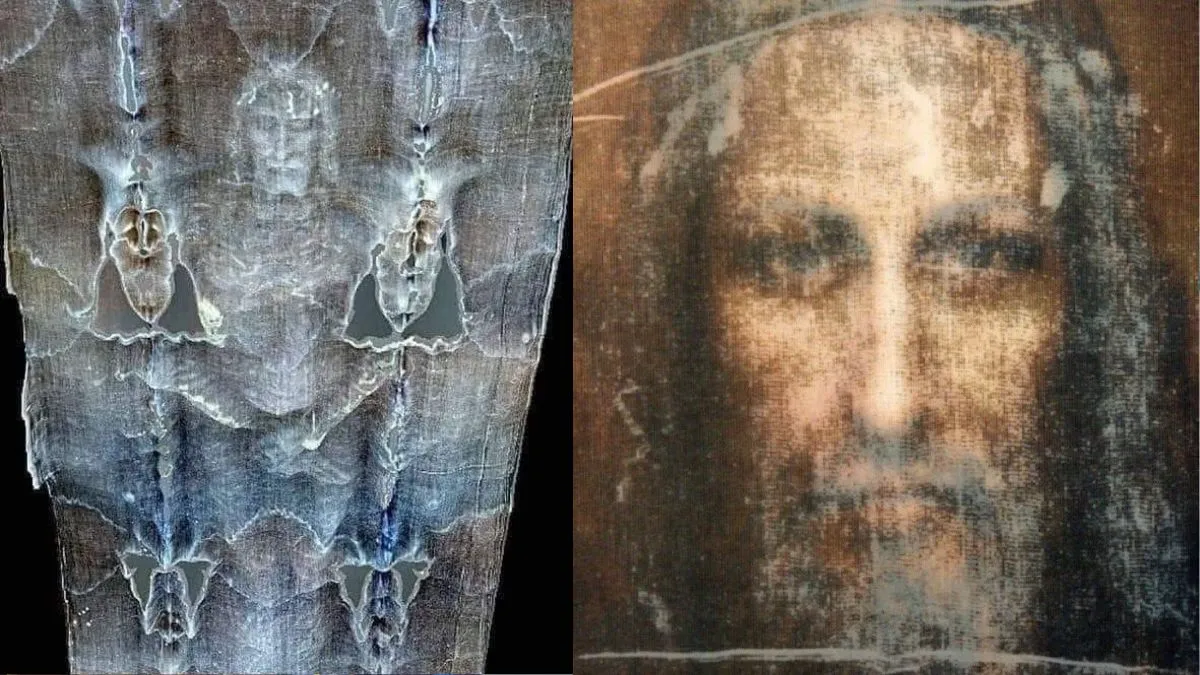- By Shivangi Sharma
- Wed, 21 Aug 2024 12:39 PM (IST)
- Source:JND
Scientists have presented groundbreaking new evidence that might reveal how Jesus Christ was buried following his crucifixion. The Shroud of Turin, a linen cloth bearing the image of a bearded man, has long been a topic of fascination and controversy. Although some argue that the shroud was used to envelop Jesus's body, others dismiss it as a medieval creation.
The shroud has been restored multiple times, with various measures implemented to preserve it and prevent additional damage and contamination. It is now housed in an airtight case and protected by laminated bulletproof glass.
Experts now claim that the linen can be traced back to the early AD era, corresponding with the period of Jesus's crucifixion.
Recent research by the Institute of Crystallography of the National Research Council used X-ray methods to date the material. This finding challenges earlier studies from the 1980s, which dated the shroud to the Middle Ages and questioned its existence 2,000 years ago.
In contrast, the new research confirms that the shroud is indeed that old. The Italian research team argues that their analysis of eight fabric samples from the shroud supports this timeline. Italian researchers employed wide-angle X-ray scattering (WAXS) to assess the natural ageing of flax cellulose. The shroud was compared with other linens from Israel dating back to the first century, as well as linens from the period between 1260 and 1390 AD. None of these comparisons matched the shroud.
Biblical Account of Jesus's Burial Cloth
The Bible recounts that Joseph of Arimathea wrapped Jesus's body in a linen shroud and placed it in the tomb. Since its public debut in the 1350s, the burial cloth has intrigued historians, church leaders, sceptics, and Catholics alike. It has been kept in the royal chapel of the Cathedral of San Giovanni Battista in Turin, Italy, since 1578.
The cloth displays faint brownish images on both sides, showing a gaunt man with sunken eyes, estimated to be between 5 feet 7 and 6 feet tall. The markings on the body align with the crucifixion wounds described in the Bible, including thorn marks on the head, lacerations on the back, and bruises on the shoulders.

